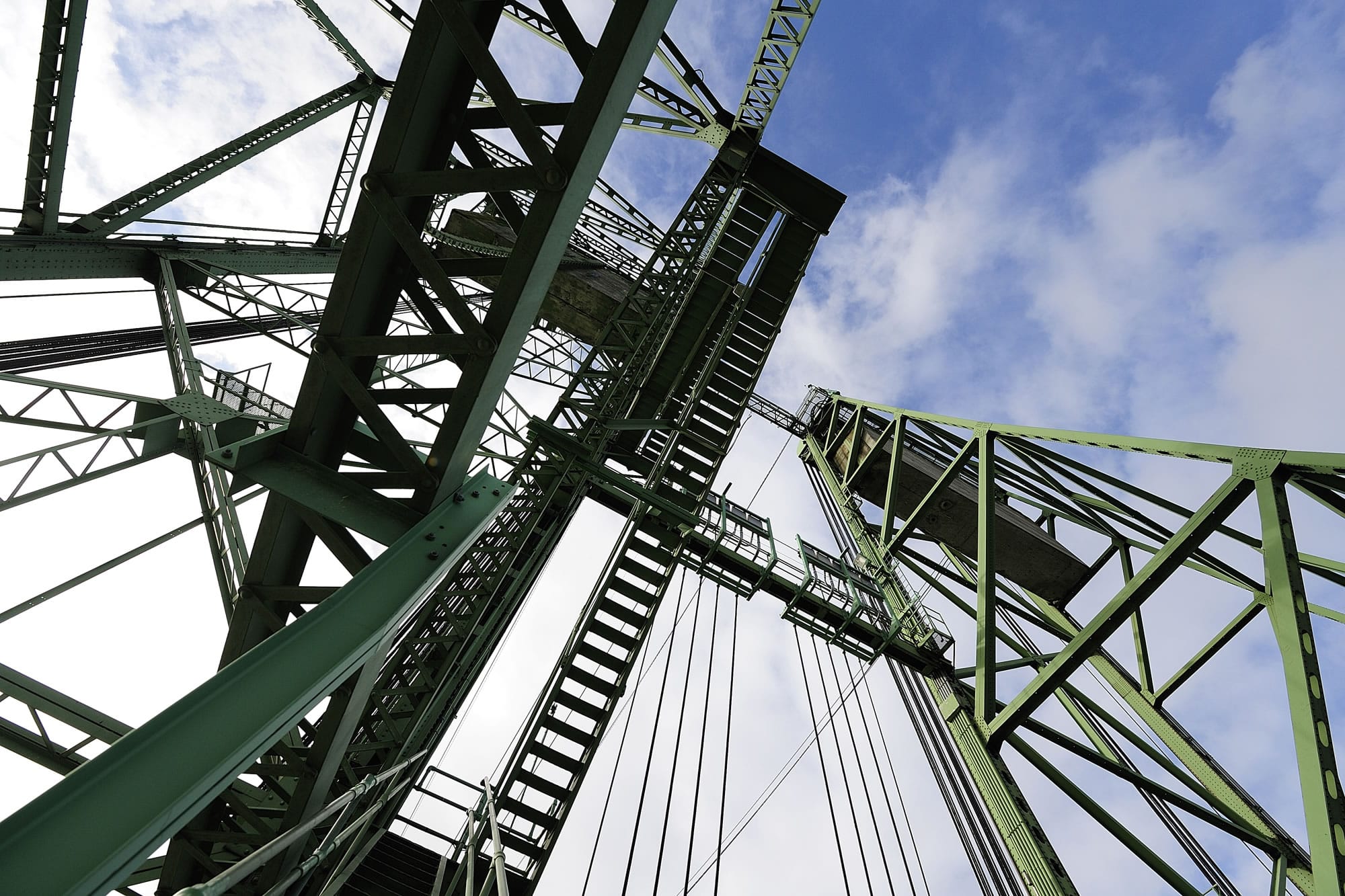Interstate 5 commuters may notice longer than usual travel times into Oregon thanks to flooding in the Columbia River.
The Oregon Department of Transportation is reporting a recent increase in the number the I-5 Bridge lifts since the Columbia started flooding.
“We are getting close to averaging two per day,” said Oregon Department of Transportation spokesman Don Hamilton. “You get more lifts on that, it’s going to create more delays on the highway.”
But by Tuesday afternoon, the bridge already lifted four times before 1 p.m., stopping traffic for just under an hour but causing extended backups on the freeway.




